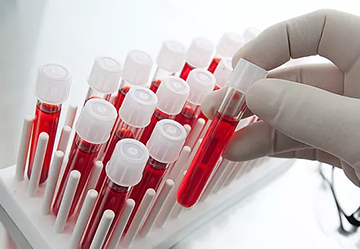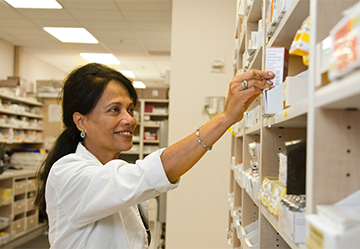Healthcare
Communications between clinicians and their patients
Communications between clinicians and their patients
With 2,000 inpatients, day case and critical care beds and over 14,000 staff on six sites, this hospital treats around a million patients a year with a budget of £790m. It is one of the largest in the UK, incorporates one of the largest teaching hospitals in Europe and is both a regional and national centre of excellence for a number of specialist services.
To improve performance, a service line transformation programme was initiated across a number of specialties.
Develop Consulting were engaged to support the transformation programme, including the communication strategy development and implementation


Results
- More clinical staff engaged in improving pathways.
- Patients engaged in shaping services that they use.
- More same-day admissions.
- More daycases with staggered admissions.
- Reduced LoS.Improved communications between management and clinical staff.
- More structured approach to problem identification and data-driven resolution.
Approach
Design and implement a communication strategy and structure to enable staff and patients to engage in the transformation programme in order to:
- Improve patient experience, quality and reliability of patient care.
- Reduce operational costs.
- Build in sustainability and a culture of continuous improvement, skills transfer and ownership to the pathway teams.
Solution
Develop Consulting developed a Governance structure comprising clinical, nursing and management representatives to review individual pathway services. It also incorporated patient views to shape improvement activities:
- Steering Group – Direction setting, progress monitoring, clinical and management input.
- DGM, Divisional Nurse Manager, Divisional Consultant Surgeon and Anaesthetist.
- Delivery Group – Reporting to Steering Group, project monitoring, implementation & delivery.
- DM, Lead consultant (pathway), Business Manager, Matron (pathway).
Workstreams – Reporting to Delivery Group, day-to-day project activities, local improvements. - Consultants, nurses, theatre and anaesthetics staff, admin staff.
In undertaking the workstream activities, clinicians were involved through different workshops and activities:
- Initial data requirements identification.
- Surveys through focus workshops and interviews.
- Clinicians, management and admin staff.
- Patients and/or carers.
- Using questionnaires, one-to-one interviews and focus groups.
- Data review and analysis.
- Pathway, HRG, consultant performance and survey data was provided.
- Identify target areas for improvement.
- Data dissemination.
- Presented data to pathway staff during launch events.
- Current and future state mapping to identify process issues, develop solutions/targets and deliverables.
- Patient case study/role play used.
Reporting back on progress, risks and issues to Delivery Group




























